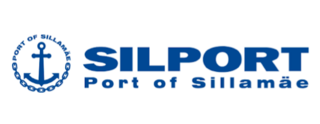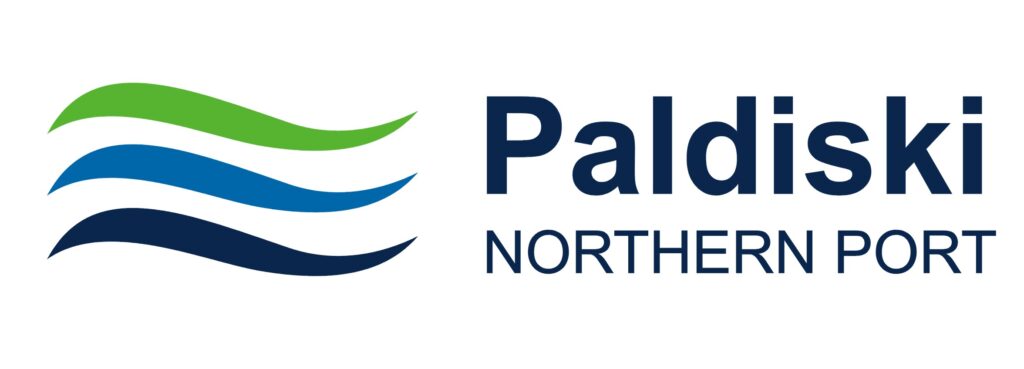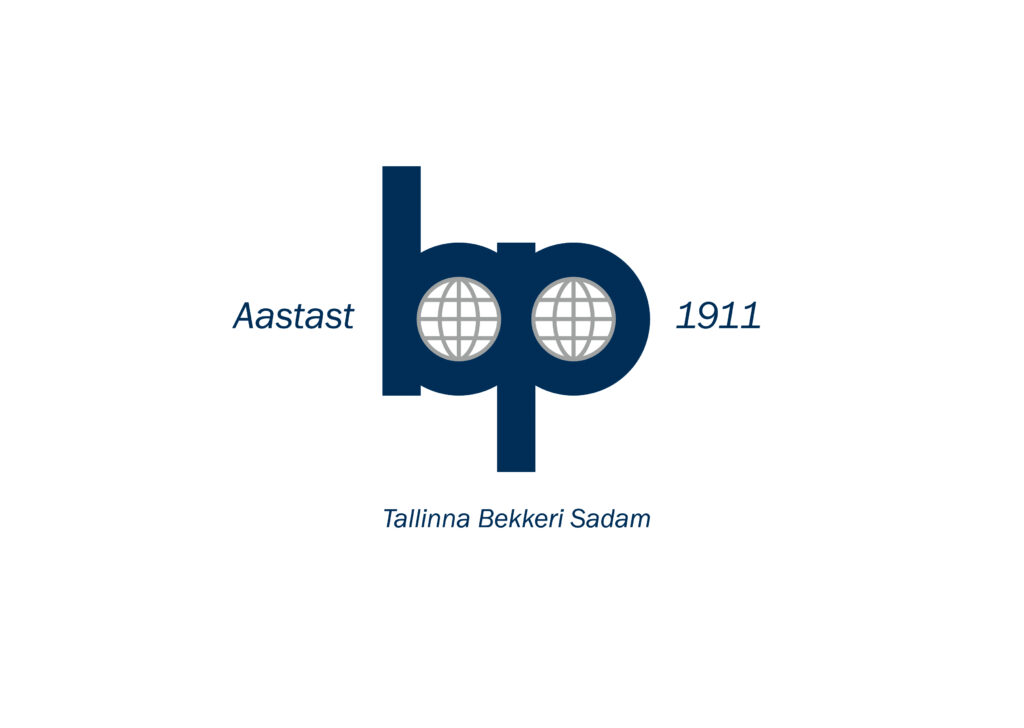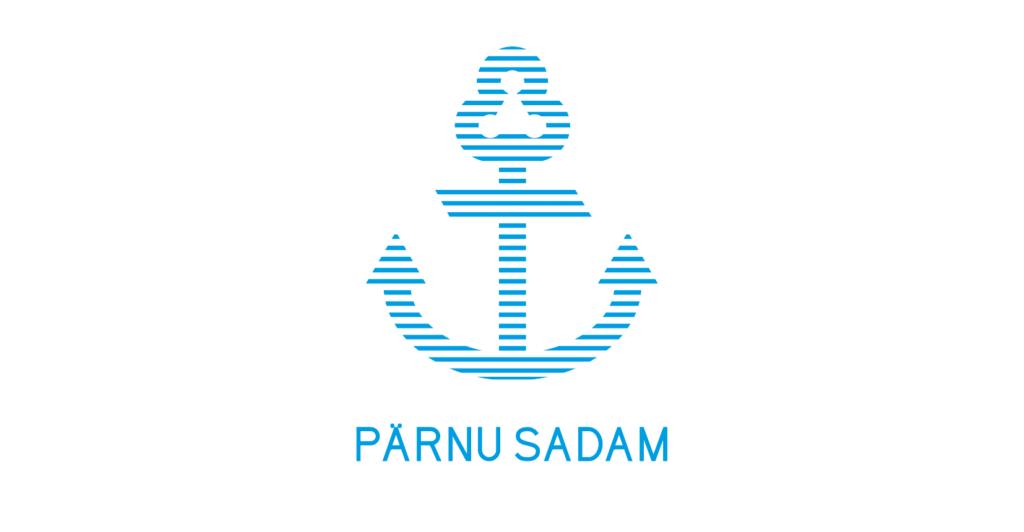The story was published in the Delfi Ärileht section “Attractive employers spring 2025”.
When we think of a port, we usually imagine ships and terminals. In fact, the Port of Tallinn is much more than that – it is a complex and well-functioning entity that combines maritime transport, trade and tourism. Figuratively, you can imagine a large orchestra, where each instrument must play its role precisely for the music to sound together – that is how the port works.
Complex but precise machinery
Behind this invisible machinery are hundreds of specialists, from shipping coordinators, logistics experts to IT specialists, who ensure that both passengers and goods move smoothly. In addition to shipping, there is active loading and unloading of goods and freight transport, with rail and road freight moving through the terminals every day and around the clock.
The Port of Tallinn also plays an important economic role. It is not just a gateway to Estonia, but also an important transport hub in the Baltic Sea region, connecting Scandinavia, Central Europe and the Eastern markets. Most of the products and goods that we can buy in shopping malls reach us through the Port of Tallinn, and similarly, goods produced in Estonia move to the wider world through ports.
However, the port is certainly not only a maritime transport hub, but also a part of the urban environment, where new business districts and public spaces are being developed. The area around the Old Port is increasingly becoming the center of Tallinn’s life, where both seaside culture and modern business solutions meet.
The modern port is automated and smart
Keeping such machinery running is not easy, however. Ports around the world are looking for ways to automate their operations to increase efficiency and save costs.
As one such measure, the Port of Tallinn has introduced automatic ship mooring equipment at three quays in the Old City Harbour, which helps meet increasingly stringent environmental requirements, increase safety and reduce the use of human resources. In addition, this solution supports innovation, as it is a completely new technology in Estonia.
The multimodal information exchange and automated vehicle traffic management system Smart Port is also in use in the Old Harbour Port, Muuga and Paldiski South Port, which makes the time spent by vehicles in the port shorter and the loading of vehicles onto ships faster and more efficient.
A place where people stay
Despite its smart systems, the Port of Tallinn could not function without the people who contribute to it every day. In total, the Port of Tallinn group employs nearly 450 people in a wide variety of fields and positions. Nearly 80% of the employees are not so-called classic office workers, but work in ports, on ships and in vessel traffic control centers.
The main value of the Port of Tallinn is that the work there is meaningful, interesting and offers variety. It is a successful listed company and a solid and stable employer. This is also confirmed by the fact that people generally work for a long time in the companies of the Port of Tallinn – the average length of service in the group of companies is almost ten years. The people of the Port highly value their team, opportunities for training and development, and a friendly and professional working environment.
Kerli Leppoja, HR Manager of the Port of Tallinn:
“At the Port of Tallinn, we support people’s professional development and physical and mental health. The priority in recent years has been the development of digital skills and improving management quality based on the Port of Tallinn’s management principles.”
We have also had a successful series of seminars at the Port Academy, during which experts in their fields tell us about trends and developments in business, information technology, energy, and other areas that are important to us.
To maintain health, we cover the costs of employee sports and allow our people to take an extra week of vacation during the winter months. To maintain mental health, we offer employees mental health counseling.
Since our people work in different locations and on a shift basis, we also strive to ensure that information flows and people feel like a united team. To this end, we organize regular information days, joint activities and team events, and maintain other traditions that create that unique Port of Tallinn team feeling.”
(Source: https://www.ts.ee/tallinna-sadam-nutikas-automatiseeritud-ja-inimkeskne/)
















